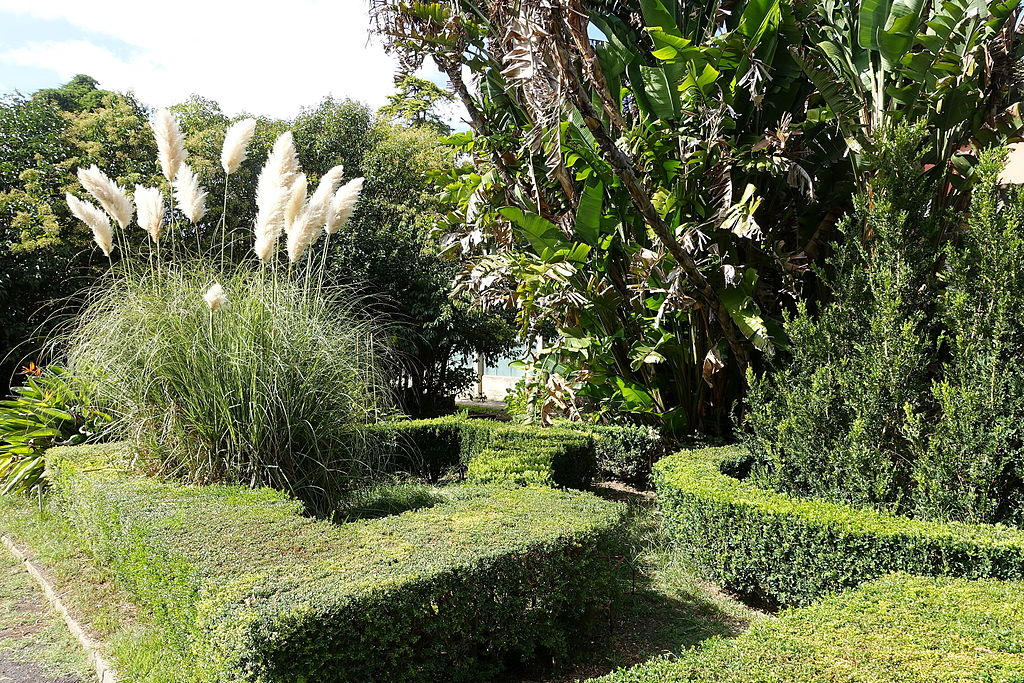Established on January 25, 1906, following a Royal Decree by King Carlos, the Lisbon Tropical Botanical Garden has a rich history deeply intertwined with Portugal's colonial past. Originally known as the Colonial Garden, it was intended to support agricultural services and training for Portugal's colonies. The garden predominantly features species native to Angola, Cape Verde, East Timor, Guinea-Bissau, Macau, Mozambique, and São Tomé and Príncipe. Initially housed in the greenhouses belonging to the Count of Farrôbo and adjacent lands (now part of the Lisbon Zoo (Jardim Zoológico de Lisboa)), it found its permanent home in 1912. The iconic main greenhouse, built in 1914, reflects the architectural style of the time and preserves plant species from the garden's early days. Over time, two additional greenhouses were constructed, creating distinct environments to maintain diverse temperature requirements.
The Lisbon Tropical Botanical Garden was conceived as a center for studying tropical plants, sharing agricultural knowledge, and fostering collaborations with similar institutions worldwide. In 1940, it played a vital role in the Portuguese World Exhibition, hosting the "Colonial Section" and unveiling the Oriental Garden, inspired by the then Portuguese colony of Macau. Visitors entered through a replica of a Macau arch, setting the tone for an immersive experience. Various structures, including the "Colonial Restaurant" and 14 busts sculpted by Manuel de Oliveira, were also added during this period. Notably, the garden housed members of a tribe from Guinea-Bissau's Bissagos Islands on an island in one of its lakes, an unfortunate reflection of the era.
Lisbon.vip Recommends
The Lisbon Tropical Botanical Garden boasts an impressive collection of approximately 600 plant species, thoughtfully grouped to showcase the diversity and splendor of tropical flora. Visitors can explore tropical trees and shrubs like Melaleuca lanceolata, Araucaria bidwillii, and Ficus macrophylla from Australia, Ficus sycomorus from East Africa, and Ficus religiosa from Asia. Palms and cycads, including Canary Island palms, Washingtonia palms, and various species of Cycads, provide a majestic presence. Succulent enthusiasts will marvel at the array of Cereus, Aloe, Euphorbia, Selenicereus, and Opuntia species. Additionally, the garden houses economically significant plants such as guava, pecan, jujube, macadamia, avocado, and custard apple.
As you meander through the Lisbon Tropical Botanical Garden, be prepared to embark on a captivating voyage through time and nature. From its historical roots tied to Portugal's colonial past to its dedication to scientific research and preservation, this botanical paradise offers a harmonious blend of beauty, education, and tranquility. Immerse yourself in the diverse ecosystems, admire the architectural marvels, and embrace the wonder of the plant kingdom. The Lisbon Tropical Botanical Garden is a testament to our fascination with the natural world and a celebration of the tireless efforts to protect and share its treasures.
Map View



